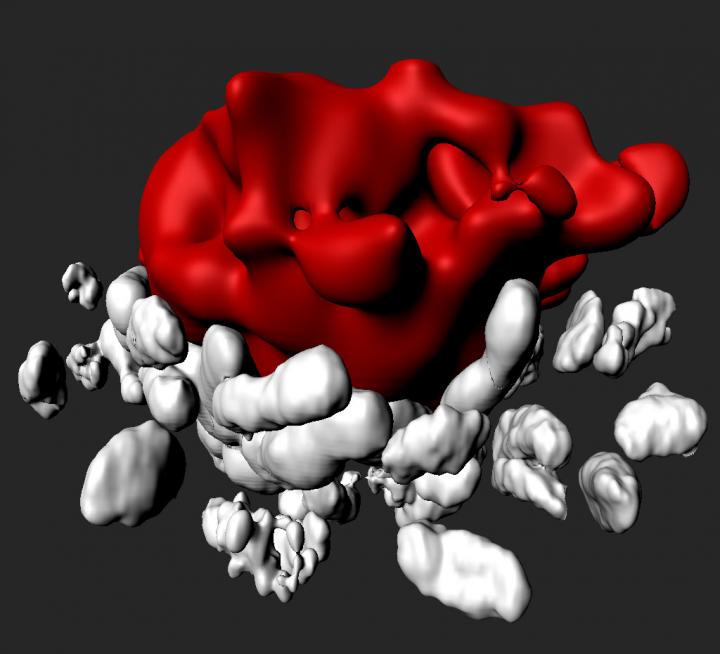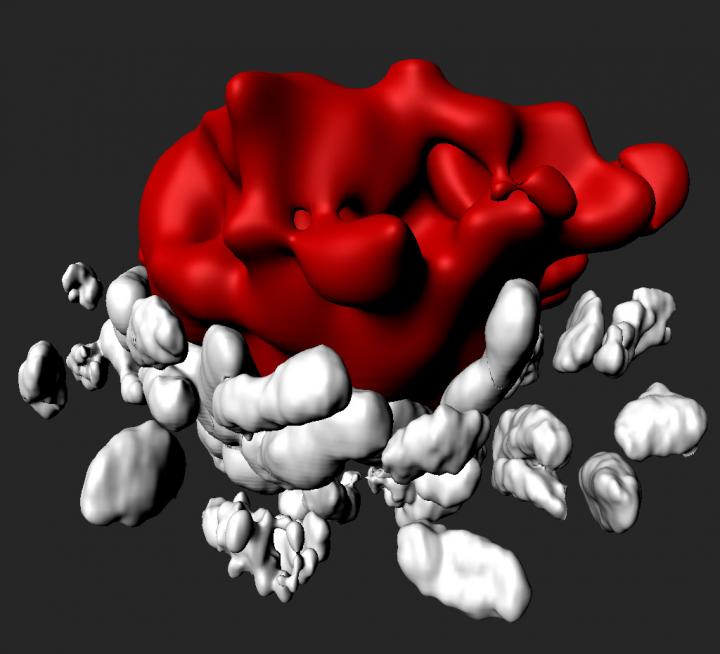
Credit: Otto Mäkinen
Hair growth is regulated by a small cluster of hair-specific fibroblasts, the dermal papilla. But exactly how dermal papilla forms has remained elusive until now. In a recent study professor Marja Mikkola's research group at the University of Helsinki used confocal microscopy of live skin to show that the dermal condensate forms via cell migration.
In a study recently published in eLife, Leah Biggs and Otto Mäkelä and their co-workers from the Institute of Biotechnology, University of Helsinki investigated the cellular and molecular mechanisms driving dermal condensate formation. The research group of Marja Mikkola used confocal microscopy of live skin to show that the dermal condensate forms via cell migration.
Further, they discovered that dermal condensate cells cease proliferation soon after commitment.
"This might explain why it has been so difficult to expand dermal papilla cells in vitro," says graduate student Otto Mäkelä.
Hair growth is regulated by a small cluster of cells known as the dermal papilla. This dermal papilla only arises once during the lifetime of an organism and is lost upon skin injury. Further, upon transplantation, the dermal papilla, or its precursor the dermal condensate, can produce a new hair follicle. Unfortunately, this cell identity cannot be maintained in culture conditions, thus limiting potential therapies to existing dermal papilla cells. The mechanisms and molecular cues of dermal condensate formation have remained elusive so far. Given that in vitro expansion of dermal condensate cells is not feasible, determination of the in vivo events governing dermal condensate formation will be beneficial for future therapy.
The researchers also followed up on the Mikkola group's previous discovery of Fgf20, the only growth factor thus far identified to be necessary for dermal condensate formation in vivo. Using RNA sequencing and cell culture, the team uncovered the early transcriptional targets of Fgf20 signaling and found that Fgf20 promotes several cellular behaviors characteristic of dermal condensate formation.
"However, further studies are required to assess whether Fgf20 could be utilized in future hair restoration therapies," concludes post-doctoral researcher Leah Biggs.
###
Media Contact
Marja Mikkola
[email protected]
358-504-484-550
@helsinkiuni
http://www.helsinki.fi/university/
Original Source
https://www.helsinki.fi/en/news/life-science/mechanisms-of-hair-follicle-specific-fibroblast-formation-unraveled http://dx.doi.org/10.7554/eLife.36468





